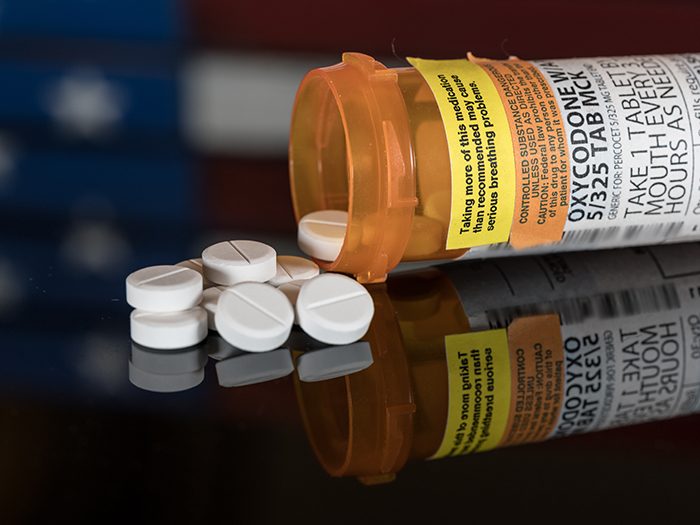Opioids Are a $96 Billion Threat to Productivity. Here’s What Businesses Can Do

When people think of the opioid epidemic, the crisis’ death toll comes to mind. Drug overdoses related to opioid abuse have killed 400,000 Americans since the epidemic began.
But addiction isn’t just tragic after an overdose. It’s also devastating for people whose addiction cripples their day-to-day lives. Addiction can make it difficult for people to retain jobs and maintain relationships with friends and family.
These costs don’t just affect individuals, either; they also affect the companies who employ them. According to The National Council on Alcoholism and Drug Dependence, 70% of people who abuse drugs in the U.S. hold some type of employment.
Absenteeism, a lack of productivity and other costs are, therefore, being passed onto employers to the tune of billions of dollars according to a recent analysis from the Society of Actuaries examined how the opioid epidemic is affecting the U.S. economy.
By the Numbers
- Overall, the opioid epidemic cost the U.S. economy $631 billion from 2015 to 2018.
- Of that $631 billion, 40% of the estimated economic impact came from premature mortality and lost lifetime earnings caused by overdoses and deaths.
- Additional health care costs, which made up nearly one third of the total economic impact, were the second highest cost driver with $205 billion spent.
- Another $96 billion in costs comes from lost productivity. The drivers of lost productivity costs include absenteeism, disability and workers’ compensation costs, reduced labor force participation and incarceration for opioid-related offenses.
Here’s What Employers Can Do
While the costs employers face are staggering, there are some things businesses can do to help their addicted employees.
Managers and supervisors should be trained on the warning signs of addiction, such as frequent tardiness or absenteeism and having more accidents than usual.
If a manager or supervisor notices a problem, they should have someone from Human Resources reach out to the impacted employee.
Supervisors can also show support for addicted employees who are seeking treatment.
“It’s critical that a supervisor can help that employee feel important, valued and understood as they’re struggling through the process,” said Kim Rudeen, AVP of the Absence & Statutory Group Product Solutions at Lincoln Financial.
“We want employers to be comfortable talking about this issue, educating employees, letting them know you’re here to help because that’s going to make it easier for them to open the door and have those conversations with you.”
Within their workers’ comp programs, employers can also work with physicians and pharmacists to make sure that injured workers have resources for getting off opioids after an injury and avoiding addiction.
Recommended Reading
When addiction haunts the workplace, the threat of overdose comes with it. Business owners can prepare for the worst-case scenario by revisiting their drug policies.
If there’s a workers’ compensation claim involving opioids, case managers can play a critical role in helping a patient get off opioids and prevent injured workers from seeing a doctor who over-prescribes opioids.
While opioids are dangerous on their own, they can become deadly when mixed with benzodiazepines, muscle relaxers and several other drugs.
As the federal opioid trial begins, here’s what you need to know about the on-going litigation. &










